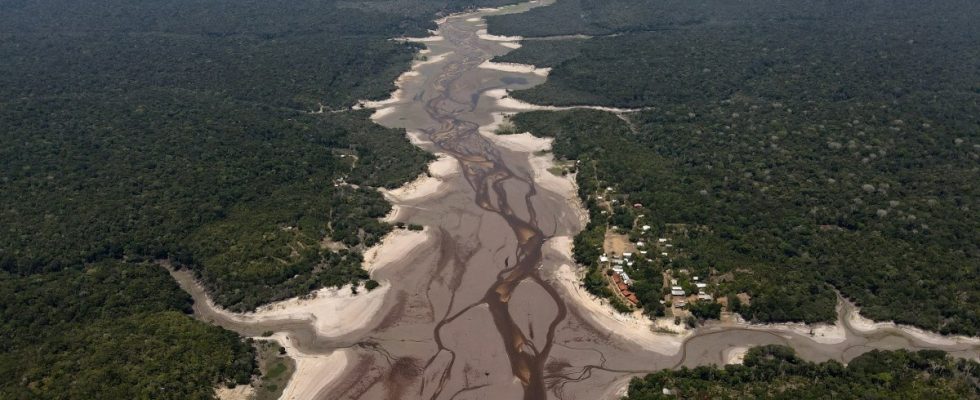A tenth to almost half of the Amazon rainforest could come under such stress by 2050 that the areas transform into an unstable, lower forest or savannah. An international team from Brazil, Europe and the USA has chosen one Analysis in Nature looked at the interaction of various problems for the first time and now paints a darker picture than previous studies. “We are approaching the tipping point faster than expected,” said lead author Bernardo Flores from the Universidade Federal de Santa Catarina in Florianopolis the New York Times.
The ecological importance of the Amazon basin to the world is immense. It is home to a tenth of global biodiversity; There are often 300 different tree species in a single square kilometer. Overall, around 20 times as much carbon is bound here as humanity emits per year in the form of CO₂ emissions. If even a portion of it were released, for example because the rainforest continues to shrink, this would also worsen the climate crisis.
The team looked at five factors, all influenced by humanity
However, a sixth of the original area has already been deforested or severely disturbed by other human influences. The region is also currently suffering from a severe drought. In areas that have already been damaged, trees cannot benefit from the higher CO₂ content in the air. In principle, it can act as a kind of fertilizer on the plants, but not if the soil has already lost a lot of nutrients.
The team led by Bernardo Flores and his colleague Marina Hirota looked at five factors at the same time, all of which are influenced by humanity: global warming, reduced and fluctuating amounts of rainfall, dry periods of more than five months and infrastructure: roads through the Amazon promote the – often illegal – deforestation; Protected areas for nature or indigenous peoples, on the other hand, slow them down. The research team evaluated these factors using a point system and added up the burdens. 47 percent of the area already has more than one stress factor, 10 percent even has more than two, which could promote tipping over in the future. The study does not take into account the fact that the factors influence each other and could have an even stronger effect together than their sum would suggest.
“This paper sheds light on one of the biggest problems that forests face, not only in the Amazon region,” says Susan Trumbore, director at the Max Planck Institute for Biogeochemistry in Jena, who was not involved in the study. The conditions are now outside the framework in which the habitats have developed. “There is so much we don’t yet know about how these extremely diverse forests recover from disturbance.” Trumbore therefore heads an international group that protects the Amazon rainforest habitat 325 meter high steel tower Atto examined in the middle of the jungle.
Also in the NatureStudy states: Humanity can protect the green lung primarily by limiting global warming, which also affects the water balance: the temperature increase should therefore be limited to 1.5 degrees. The level of acute danger has already been exceeded in the area that has been deforested. The habitat can tolerate a loss of ten percent, so at least five percent must be reforested and everything that further weakens the rainforest must be stopped. Trumbore adds: “If we are heading towards a very steep cliff but don’t know how far away it is, it is better to hit the brakes in good time.”

